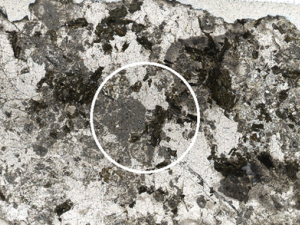What Can We Learn From X-Ray Fluorescence Core Scanning Data? A Paleomonsoon Case Study
Abstract
X-ray fluorescence (XRF) core scanning of marine and lake sediments has been extensively used to study changes in past environmental and climatic processes over a range of timescales. The interpretation of XRF-derived element ratios in paleoclimatic and paleoceanographic studies primarily considers differences in the relative abundances of particular elements. Here we present new XRF core scanning data from two long sediment cores in the Andaman Sea in the northern Indian Ocean and show that sea level related processes influence terrigenous inputs based proxies such as Ti/Ca, Fe/Ca, and elemental concentrations of the transition metals (e.g., Mn). Zr/Rb ratios are mainly a function of changes in median grain size of lithogenic particles and often covary with changes in Ca concentrations that reflect changes in biogenic calcium carbonate production. This suggests that a common process (i.e., sea level) influences both records. The interpretation of lighter element data (e.g., Si and Al) based on low XRF counts is complicated as variations in mean grain size and water content result in systematic artifacts and signal intensities not related to the Al or Si content of the sediments. This highlights the need for calibration of XRF core scanning data based on discrete sample analyses and careful examination of sediment properties such as porosity/water content for reliably disentangling environmental signals from other physical properties. In the case of the Andaman Sea, reliable extraction of a monsoon signal requires accounting for the sea level influence on the XRF data.
Full open access article:
Source: Preview Image: Ulrike Neumann/iStockphoto






